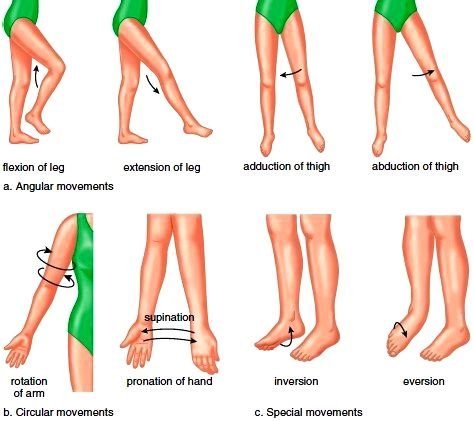7 essential functions of cartilage you might not know about
By now, you’ve probably heard that cartilage has lots of functions in your body, but did you know that it also has seven?
That’s right – there are seven important functions of cartilage that make it one of the most necessary structures of the human body. Here are seven essential functions of cartilage you didn’t know about.
1) Maintains patency of breathing tube
Cartilage is present in the lumen of the trachea and bronchi. It acts by keeping the air tube open all the time for us to breathe. The air pressure inside the air passage changes during inspiration and expiration. Cartilage acts as restrain during negative air pressure and stops air passage to collapse.
2) Provides structure and support
Cartilage is a tough, flexible tissue that allows your joints to withstand friction and pressure while providing structure and support. For example, cartilage in the chest helps to protect the heart and lungs.
While there are many different types of cartilage throughout your body, it’s mostly found in joints where it provides these vital functions.
When it comes to joint health, your hips and knees are particularly vulnerable; according to Mayo Clinic researchers, more than 10 million Americans have osteoarthritis (OA) in their hips alone!
While weight loss can help with some aspects of OA pain—especially for those who are overweight or obese—other forms of treatment may be necessary for truly effective relief.
3) Enhance bone resilience
One of its main roles is to act as a shock absorber, cushioning and protecting joints. Cartilage allows our knees to bend smoothly while also keeping our hips stable during movement. Without it, our range of motion would be greatly limited and we’d be at risk for painful joint injuries.
That said, when the cartilage is exposed to intense forces (such as when athletes participate in contact sports), chondral injuries can develop; these result in irritation and inflammation that can lead to pain or loss of mobility.
In rare cases, they may require surgical intervention if they don’t heal properly.
4) Allows your joints to move freely
Cartilage is a flexible tissue that acts as a shock absorber for our joints. It also prevents friction between bones, allowing free movement to occur during exercise. Cartilage along with synovial fluid creates an almost friction-less joint that may last lifelong.
Cartilage helps with everyday movement by providing cushioning and reducing pressure in sensitive areas such as knees, elbows, and shoulders.
Without it, our joints would be prone to injury and wear over time; particularly those with poor joint health or injuries.
Osteoarthritis - damage to the cartilage that can cause pain, swelling, and inflammation - is one of the most common conditions plaguing seniors today (closely followed by rheumatoid arthritis).
If you have any doubts about how important cartilage is, think back to when you were young: did your parents ever tell you not to jump off your bed because it might hurt your growing bones?
If so, they were referring to an important function of cartilage: protecting growing bone from impact forces.
The same concept applies when we are younger: without adequate protection from cartilage, our growing joints could be damaged easily.
5) Helps repair bones
6) Prevents infection
Cartilage acts as a barrier to spreading infection from one bone to the next. Cartilage is devoid of blood vessels and therefore not a good conductor of infection.
On the other hand, in children infection inside the joint quickly destroys cartilage. Therefore, quick surgical drainage and cleaning inside joints are essential.
7) Reduces pain in joints
How does that happen? Cartilage is designed to absorb impact. That's why joints that have a lot of cartilage in them, like knees and elbows, don't produce as much pain when they are hit—the cartilage absorbs some of the impacts.
It can also be painful if you injure your joints, but not having enough cartilage means that your body will be more susceptible to injuries and joint damage.
Also, with low amounts of articular (joint) cartilage—or if there is any injury—you may feel pain in other areas as well: tendons, ligaments, bones, or muscles can suffer stress due to poor alignment or overuse. In severe cases, all these can become damaged or inflamed.
N.B – The content provided is for information and education purposes only.





